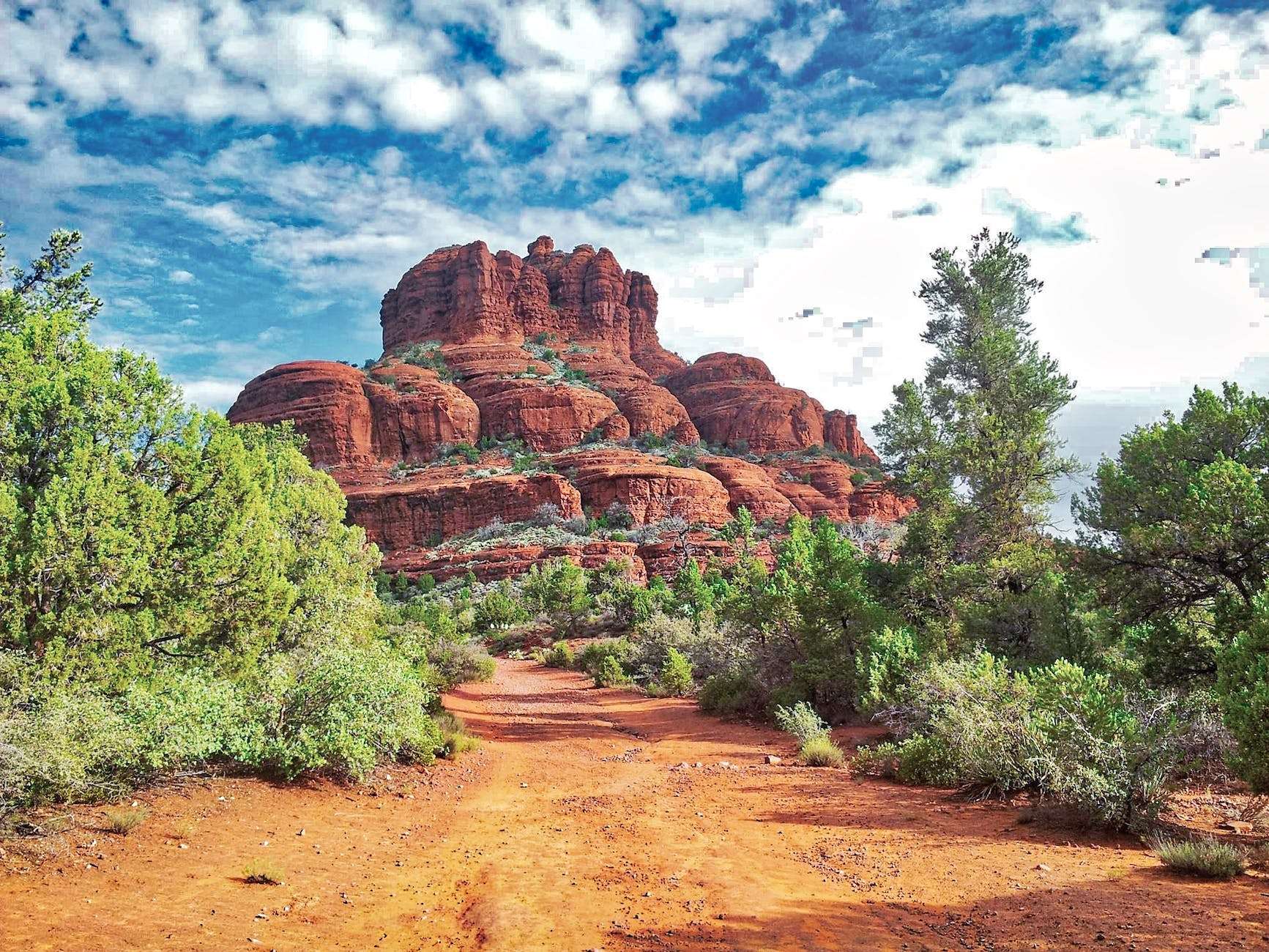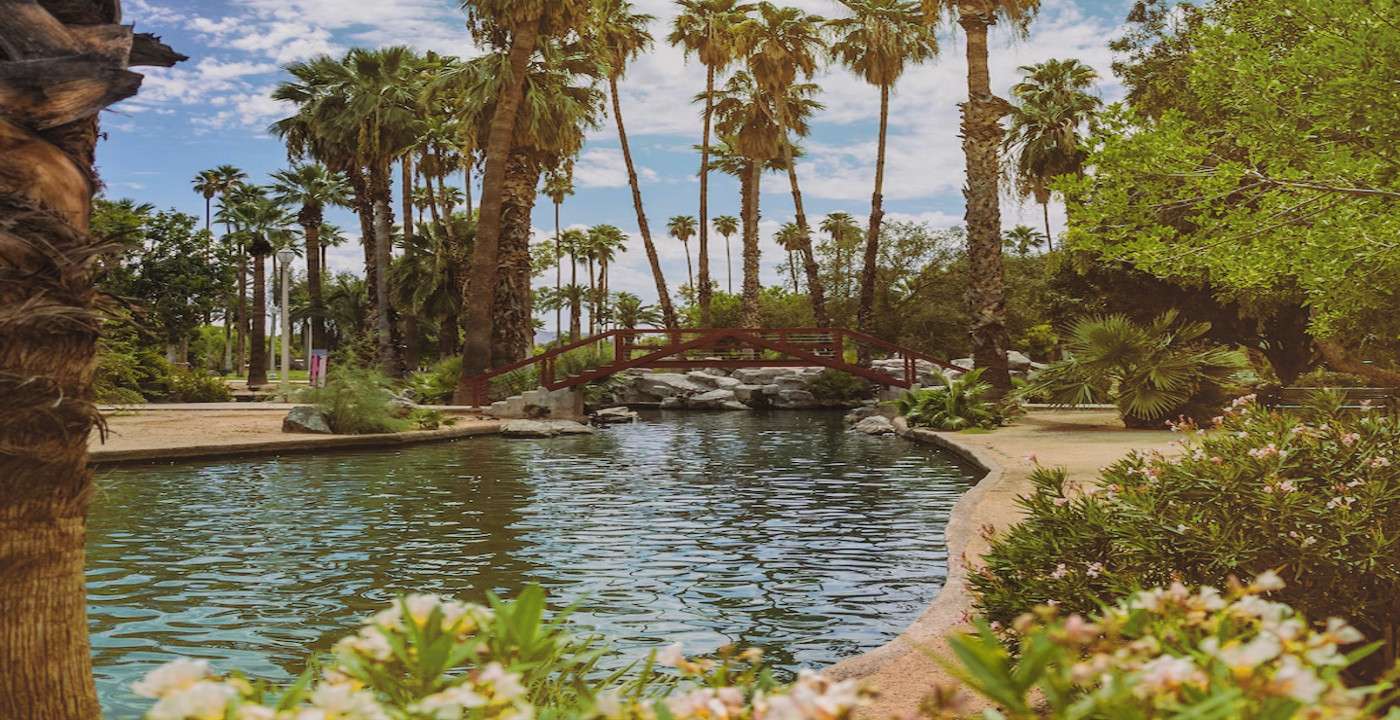アリゾナの砂漠はガーデニングにとって厳しい環境です, でも不可能ではない.
正しい知識を持って, 計画, そして植物選び, 暑くて乾燥した条件でも繁栄する、美しく実りの多い庭園を作ることができます。.

アリゾナの砂漠で野菜を植えるのに最適な時期はいつですか?
砂漠での野菜栽培はタイミングが重要. 一年の適切な時期に作物を植える必要がある, 野菜の種類と住んでいる気候帯に応じて.
アリゾナ砂漠には主に 2 つの成長期があります: 春と秋.
気温も穏やかで霜の心配も少ない時期です.
夏と冬は通常、ほとんどの野菜にとって暑すぎるか寒すぎます, 一部の耐暑性・耐寒性品種を除く.
アリゾナ州野菜栽培ガイドによると, アリゾナ州の低地砂漠で野菜を植えるのに最適な時期 (下に 3500 標高フィート, フェニックスやツーソンなど) 以下のとおりであります:
- 春の季節: 1月から3月まで, レタスなどの涼しい季節の作物を植えることができます, ほうれん草, ブロッコリ, キャベツ, 人参, ビーツ, 豆, ラディッシュ, そして玉ねぎ. 2月から4月まで, トマトなどの暖かい季節の作物を植えることができます, コショウ, なす, キュウリ, 押しつぶす, メロン, 豆, とトウモロコシ.
- 秋の季節: 7月から9月まで, レタスなどの涼しい季節の作物を植えることができます, ほうれん草, ブロッコリ, キャベツ, 人参, ビーツ, 豆, ラディッシュ, そして玉ねぎ. 8月から10月まで, トマトなどの暖かい季節の作物を植えることができます, コショウ, なす, キュウリ, 押しつぶす, メロン, 豆, とトウモロコシ.
アリゾナ州の高地の砂漠で野菜を植えるのに最適な時期 (その上 3500 標高フィート, フラッグスタッフやプレスコットなど) 以下のとおりであります:
- 春の季節: from March to May, レタスなどの涼しい季節の作物を植えることができます, ほうれん草, ブロッコリ, キャベツ, 人参, ビーツ, 豆, ラディッシュ, そして玉ねぎ. 5月から6月にかけて, トマトなどの暖かい季節の作物を植えることができます, コショウ, なす, キュウリ, 押しつぶす, メロン, 豆, とトウモロコシ.
- 秋の季節: 8月から9月まで, レタスなどの涼しい季節の作物を植えることができます, ほうれん草, ブロッコリ, キャベツ, 人参, ビーツ, 豆, ラディッシュ, そして玉ねぎ. 9月から10月まで, トマトなどの暖かい季節の作物を植えることができます, コショウ, なす, キュウリ, 押しつぶす, メロン, 豆, とトウモロコシ.
アリゾナ州の野生植物「デザートセージ」が見つかる場所?
砂漠の賢者 (サルビア・ドリー) アメリカ南西部のグレートベースンとモハーベ砂漠に自生する植物です。. 派手な青い花と紫色の苞を持つ小さな低木で、真夏から秋にかけて咲きます。.
乾燥地帯でも育ちます, ロッキー, そして砂質土壌, そして干ばつに耐えることができます, 熱, そして寒い. 造園用に人気の植物です, ミツバチを引き寄せるので, 蝶, そしてハチドリ, そして心地よい香りがします.
デザートセージはアリゾナ州のいくつかの場所で野生で見つけることができます, 特に州の西部と北部では.
デザートセージを自然の生息地で見ることができる場所には、次のようなものがあります。:
- ミード湖国立保養地: この地域はアリゾナ州とネバダ州の一部をカバーします, フーバーダムも含まれます, ミード湖, そしてモハーベ湖. 湖畔でデザートセージを見つけることができます, 周囲の丘や山だけでなく.
- グランドキャニオン国立公園: この公園は世界で最も有名で訪問者が訪れる自然の驚異の 1 つです。, アリゾナ州とネバダ州の一部をカバーします. 砂漠のセージは峡谷の低地で見つけることができます, 特にサウスリムとウェストエンドでは.
- ジョシュア ツリー国立公園: この公園はカリフォルニアにあります, しかし東はアリゾナと国境を接している. ユニークで多様な景観で知られています, モハーベ砂漠とコロラド砂漠を含む, そしてジョシュアツリーの森. 砂漠のセージは、公園のモハーベ砂漠セクションで見つけることができます。, サボテンなどの他の砂漠の植物と一緒に, ユッカ, そしてクレオソートブッシュ.
- サワロ国立公園: この公園はアリゾナ州南部にあります, 世界最大のサグアロ サボテンを保護しています. 2つの地区に分かれています: the Rincon Mountain District and the Tucson Mountain District. You can find desert sage in both districts, along with other desert plants such as palo verde, オコティロ, そしてチョラ.

アリゾナの低砂漠にはどのような種類の樫の木を植えることができますか?
Oak trees are not very common in the low desert of Arizona, as they prefer cooler and moister climates.
でも, there are some species of oak that can adapt to the hot and dry conditions of the desert, そして日陰を提供します, 美しさ, and wildlife habitat.
Some of the best oak trees to plant in the low desert of Arizona are:
- Arizona white oak (Quercus arizonica): This is a native oak of Arizona, and can grow up to 50 feet tall and wide. It has dark green leaves that turn yellow in the fall, and produces acorns that attract birds and squirrels. It is drought-tolerant and can grow in full sun or partial shade. ナラ枯れにも強いです, 多くのオークに影響を及ぼす真菌性疾患.
- キャニオンライブオーク (コナラ クリソレピス): これは米国西部に自生するオークです。, and can grow up to 60 feet tall and wide. 常緑の葉があり、葉は光沢があり、表は濃い緑色です, 底はぼやけて銀色です. 鳥や哺乳類を引き寄せるドングリを生産します. It is drought-tolerant and can grow in full sun or partial shade. ナラ枯れや火災にも強い.
- ネットリーフオーク (ミズナラ): これはメキシコと中央アメリカに自生するオークです。, and can grow up to 40 feet tall and wide. 半常緑の葉にしわが寄っており、上部は濃い緑色です, 底は毛深くて薄緑色です. 鳥や哺乳類を引き寄せるドングリを生産します. It is drought-tolerant and can grow in full sun or partial shade. ナラ枯れや害虫にも強いです.
アリゾナ砂漠のバートレット梨の木を植える場所?
バートレット・ペア (パイラス・コミュニス「バートレット」) 世界で最も人気があり、広く栽培されている梨の品種の 1 つです.
それは大きなものを生み出します, ジューシーな, 生食に最適な甘い梨と, 缶詰, そして焼く.
自家受粉する木でもあります, つまり、実を結ぶために近くに別の梨の木が必要ないということです。.
バートレットナシはアリゾナ砂漠でもよく育つ, 適切な場所に植えられ、適切な手入れが行われている限り、.
アリゾナ砂漠にバートレット梨の木を植えるためのヒントのいくつかは次のとおりです。:
日当たりの良い場所を選ぶ, 排水が良い, そして強風から守る.
歩道近くの植栽は避ける, 私道, または財団, 根が傷む可能性があるので.
クルミの木の近くに植えるのも避けてください, 梨の木の成長を阻害する化学物質を放出する可能性があるため、.
冬の終わりか春先に木を植えます, 土壌が加工可能で、霜の危険性が低い場合.
木の根鉢の2倍の幅と2倍の深さの穴を掘ります。.
Loosen the soil at the bottom and sides of the hole, and mix some organic matter such as compost or manure with the native soil.
Place the tree in the center of the hole, and make sure the graft union (the point where the rootstock and the scion are joined) is above the soil level.
Fill the hole with the soil mixture, and tamp it down firmly.
Water the tree thoroughly, and add a layer of mulch around the base to conserve moisture and prevent weeds.
Water the tree regularly, especially during the first year and the hot and dry months.
The frequency and amount of water will depend on the soil type, weather, and age of the tree. A general rule is to water deeply and infrequently, and check the soil moisture before watering.
The soil should be moist but not soggy at a depth of 6 に 12 インチ. Avoid overwatering or underwatering, as both can cause stress and reduce fruit quality and quantity.
Fertilize the tree once a year, in early spring, before the buds break.
Use a balanced fertilizer that is formulated for fruit trees, and follow the label instructions for the rate and method of application.
Do not fertilize after mid-summer, as this can stimulate new growth that is susceptible to frost damage.
Avoid using high-nitrogen fertilizers, as they can promote excessive vegetative growth and reduce fruit production.
Prune the tree annually, in late winter or early spring, before the buds swell.
The main goals of pruning are to remove dead, diseased, or damaged branches, to thin out crowded or crossing branches, to open up the canopy for light and air circulation, and to shape the tree for better fruiting and appearance.
Use sharp and clean pruning tools, and make clean and smooth cuts.
Do not remove more than 25% of the tree’s canopy in one year, as this can stress the tree and reduce its vigor.

チェリ・サンダースはアリゾナ州出身, ライター, 人生で最高のものは人里離れた場所にあると信じているアウトドア愛好家であり、多くの場合、犬がすぐそばにいます. 旅行に特化した, 屋外, そして美しさ, チェリは南西部やその先へのハイキングの冒険を記録します。.

